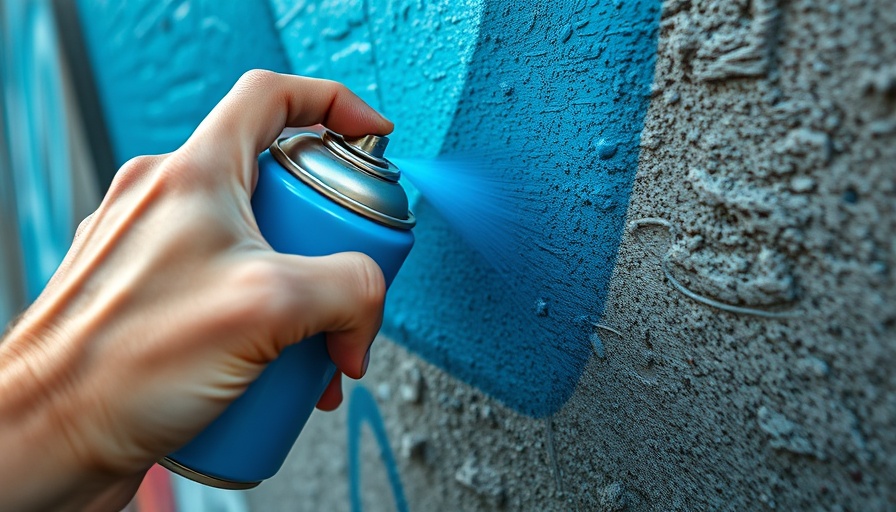
Get Ready to Transform Your Space: Essential Spray Painting Tips
Spray painting may seem like a straightforward task, but achieving a smooth and professional-looking finish requires more than just pulling the trigger on a can. Whether you're refreshing tired furniture or giving your garden decor a sprucing up, understanding the fundamentals of spray painting is crucial for avoiding common pitfalls and getting the look you desire. Here are key tips to ensure your DIY project is a success.
Choosing the Right Paint: Not All Sprays Are Created Equal
When it comes to selecting spray paints, not all products are suitable for every material. For instance, standard spray paints often struggle to adhere to plastic surfaces effectively. Luckily, manufacturers now offer specialized paint options, like Krylon Fusion for Plastic and Rust-Oleum 2X, which are designed to bond firmly with plastic, ensuring lasting results. Always check the label to ensure you're using paint appropriate for your project.
Patience is Key: Mastering Light Coats
Avoiding drips and runs, particularly on vertical surfaces, requires a measured approach. Applying light coats and allowing adequate drying time can make a huge difference. When spray painting, start with vertical surfaces first, following a methodical approach that gives each layer time to set before re-coating. Remember, an extra five minutes of wait time can save you hours of sanding and reapplying.
The Art of Overlapping: Achieving Even Coverage
To avoid patchy spots, make a conscious effort to overlap each spray pass by at least 50%. This technique helps to eliminate streaks and guarantees that each area gets a uniform layer of paint, ultimately enhancing the overall finish of your project.
Control Your Motion: The Straight Approach
While it may feel natural to swing your arm while spray painting, this can lead to uneven coverage. Instead, keep your movements steady and parallel to the surface for a consistent application. Good control will also reduce the likelihood of paint pooling in certain areas, which is especially crucial for larger projects.
Equipment Matters: Protect Yourself While You Work
Safety should always come first, especially when working with sprays that emit harmful fumes. While painting outdoors is beneficial, environmental factors like wind can make it challenging. If you’re working indoors, ensure good ventilation by keeping windows and doors open. Most importantly, wear a certified organic vapor respirator to protect your lungs from fine mist and chemicals. Your health is the most important thing to consider during your painting project.
Final Thoughts: Your Guide to Successful Spray Painting
Spray painting can be a rewarding way to give your items new life, but it takes careful planning and execution to get it right. By choosing the right products, taking your time with the application, and being mindful of safety, you can achieve professional-looking results that you’ll be proud of. Ready to tackle your next DIY project? Grab your supplies, and get spraying!
 Add Row
Add Row  Add
Add 




Write A Comment